Rooks are large members of the Corvidae family that live throughout Eurasia. The Rook is related to crows, ravens, jays, jackdaws, and more, and are similar in appearance to their crow cousins.
The easiest way to distinguish between these birds and the other members of the corvid family is by looking at their faces. Rooks have bare skin between their eyes and beaks. Read on to learn about the Rook.
Description of the Rook
This species is about 18 in. long, and they usually weigh around 14 oz. or so. At a glance, they look very similar to the various crow species. Their beaks are somewhat thicker and longer than most crows.
Around the base of their beaks, these corvids have grey-white colored bare skin. Interestingly enough, juveniles grow brown feathers in this area until they are about a year old.
Interesting Facts About the Rook
Like other members of the crow family, these birds tend to get a bad rap. These birds are intelligent creatures, and they deserve a second opinion!
- Pests? – Like many crows, farmers often view Rooks as pests. It is true that these birds sometimes take advantage of crops as a food source. However, they only scavenge and raid croplands when food is scarce.
- Perks – Even if farmers aren’t convinced, they should consider these birds their partners and not pests. These birds prefer feeding on insects, and many of the species that they eat are insects that destroy crops. A population of Rooks effectively reduces pest insect populations.
- Clean Up Crew – Pest removal isn’t the only benefit that these birds bring. In one French theme park, keepers trained a team of them to help clean up litter! The avian clean up crew collects cigarette butts and other debris, and places them in a special container. Whenever the birds drop a piece of litter they get a small food reward for their work.
- Surplus – Like most members of the Corvidae family, Rooks save the extra food that they find. These food storages, called “caches,” allow the birds to come back at another time and retrieve the food when they need it. They hide food in a variety of places, including leaf piles, branches, tree knots, and more.
Habitat of the Rook
While Rooks live in a wide variety of habitats, they are much less “urban” than some other corvids. They live and forage on farms and in agricultural areas, but usually avoid cities.
One of the different habitats that they live in include riparian areas, or areas near rivers and streams. The soft soils in these areas are perfect breeding grounds for insects, which these birds feed on.
Distribution of the Rook
This species lives across much of Eurasia and the Middle East. However, they are largely absent from northern regions and Russia. They live throughout most of Europe, with the exception of northern Sweden, Norway, and Finland.
Their range extends east through the Middle East and Asia, primarily south of Russia and Mongolia. Humans have also introduced an invasive population to New Zealand.
Diet of the Rook
These birds are omnivores, which means they eat both plant and animal matter. They are opportunists, and will eat just about anything that they can easily catch. Some of their favorite prey items are invertebrates.
They eat earthworms, locusts, grasshoppers, spiders, insect larvae, and more. They also feed on acorns, seeds, berries, nuts, and fruits. They also feed on lizards, small snakes, eggs, small birds and mammals, and other small creatures.
Rook and Human Interaction
Humans and Rooks do clash relatively frequently. These birds live on the outskirts of towns and cities, but they frequently inhabit agricultural areas. Because they feed on some crops, like barley and other grains, farmers view them as pests.
While retaliation killings do occur, these birds have quite strong populations. Though certain regional populations might decline, the overall population is stable and the IUCN lists the Rook as Least Concern.
Domestication
Humans have not domesticated Rooks in any way.
Does the Rook Make a Good Pet
No, Rooks do not make good pets. They are wild, intelligent birds, and they need lots of mental stimulation. In most places, it is illegal to own one as a pet.
Rook Care
In a zoological setting, these birds live in similar conditions to other members of the Corvidae family. They are relatively large birds, so their enclosures are quite large as well. Rooks must be able to exercise and explore.
Their enclosures also contain a variety of shrubs and bushes, as well as toys, puzzle feeders, and other stimulating activities. Zookeepers feed them worms, mealworms, crickets, pelleted insectivore diet, mice, fish, and other small animals.
Behavior of the Rook
This species, like most corvids, is diurnal or active during the daytime. Especially in hotter climates, most foraging occurs early in the morning and in the late afternoon. They are social birds, and outside of the breeding season Rooks live in flocks.
As the breeding season arrives, pairs establish territories around their nests. They are not tolerant of their neighbors, and they defend their territories from others of their kind, as well as potential predators.
Reproduction of the Rook
Pairs of these birds are usually monogamous, and most breed with the same partner for life. Most pairs build their nests in trees or tall shrubs, usually out of sticks and twigs. Females lay an average of four eggs per clutch, and incubate them for about two to three weeks.
The chicks are completely helpless when they hatch, but they develop quickly. Most begin learning to fly at about a month old, but their parents care for them for another month or so.


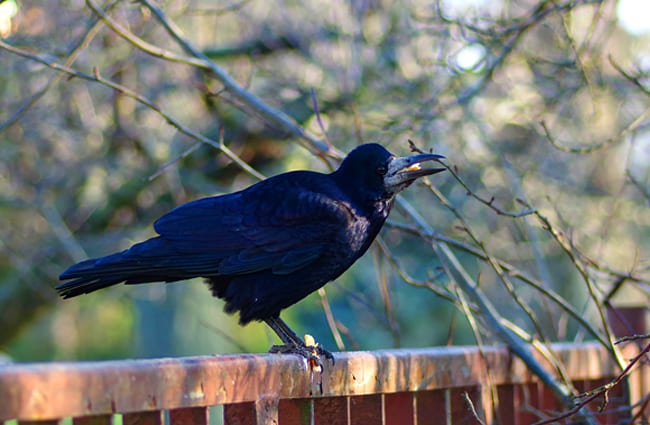
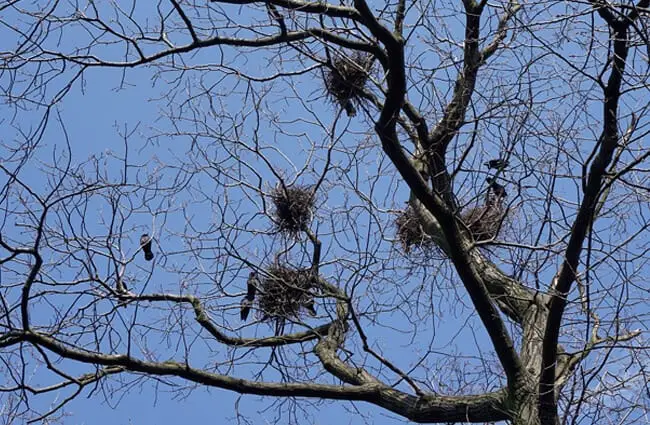
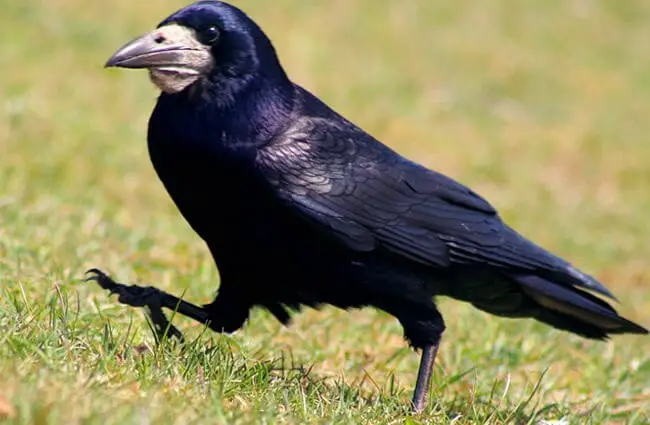
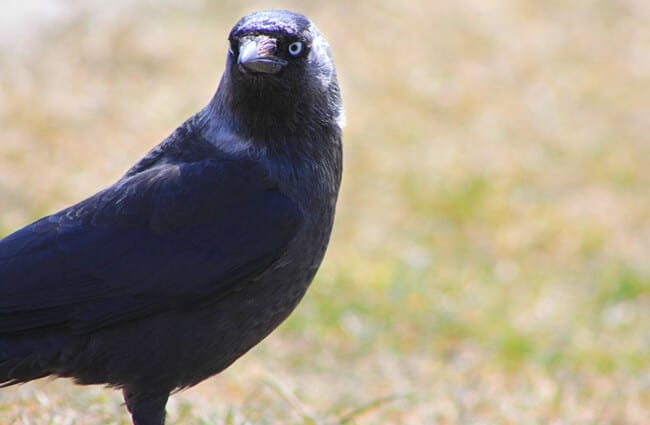


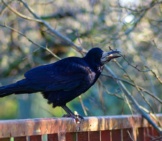


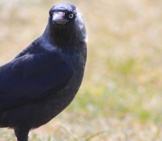
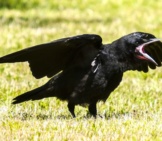
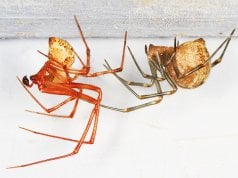
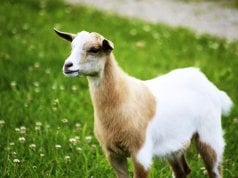











![Red Angus Closeup of a beautiful Red Angus cowPhoto by: U.S. Department of Agriculture [pubic domain]https://creativecommons.org/licenses/by/2.0/](https://animals.net/wp-content/uploads/2020/03/Red-Angus-4-100x75.jpg)

